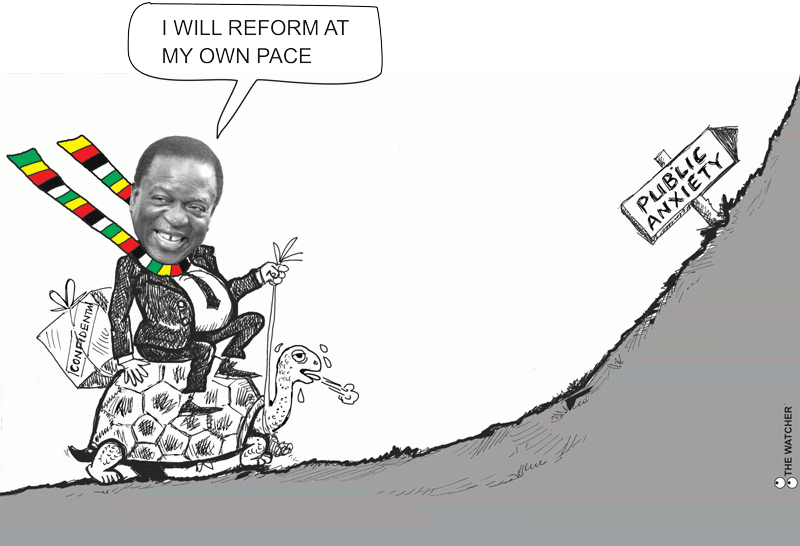
JOB evaluation is a structured process for assessing the relative value of jobs within a particular organisation. While there are other administrative issues you must pay attention to, the biggest is ensuring that you use updated and accurate job descriptions.
A job description is a structured document that summarises the main duties, responsibilities, qualifications and skills required for a specific position in an organisation.
The job description is used for many purposes in human resources. It serves as a basis for defining the role and expectations of the employee, as well as for evaluating their performance and providing feedback.
A job description also helps determine the appropriate compensation
and benefits levels through job evaluation. If you are preparing job descriptions for job evaluation, ensure that the only purpose is to help people, who will be grading the jobs to understand the job for placing it into the right grade based on the system of job evaluation you will be using.
A grade groups jobs of equal value to the organisation. A job grade is usually derived from a job evaluation process, which involves analysing and comparing different aspects of the job, such as the required decision-making in the Paterson system. A job grade helps to ensure internal equity and external competitiveness in the organisation's pay structure.
The quality of job descriptions is vital in coming up with credible job grades because it affects the accuracy and consistency of the job evaluation process. A high-quality job description should be clear, concise, comprehensive and current.
It should capture the essential functions and outcomes of the job, as well as the minimum qualifications and competencies needed to perform it successfully.
- What is the role of a COO?
- Pay compression: What every manager needs to know
- Executive assistant job
- Job evaluation committees: How to make them effective
Keep Reading
On the other hand, a low-quality job description can lead to inaccurate and inconsistent job grades, which can have negative consequences for both the employee and the employer.
For example, a low-quality job description may:
- Overstate or understate the scope and complexity of the job, resulting in overpaying or underpaying the employee.
- Omit or include irrelevant or outdated information, which may lead to the job being placed in the wrong grade.
- Inaccurate information can lead to jobs being placed in the wrong grade.
Therefore, organisations must invest time and resources in developing and maintaining high-quality job descriptions, as they are essential for creating credible job grades that support fair and effective compensation practices.
The biggest challenge in preparing job descriptions for job evaluation is that, in many instances, employees are not educated on the importance of producing accurate job descriptions. This equally applies to managers, who, when not trained in writing good job descriptions, do a poor job of checking the quality of job descriptions submitted by those who report to them.
Suppose the process of producing the quality of job descriptions is not handled well. In that case, it can lead to a wastage of resources as the job evaluation process fails to achieve its intended outcomes.
Poor quality job descriptions can have negative consequences on job evaluation outcomes. According to one study, job analysis is a critical component of job evaluation and involves collecting information about a job's duties, responsibilities, and requirements. Poor job descriptions can lead to inaccurate job analysis, resulting in incorrect evaluations.
This can lead to unfair compensation for employees and can also lead to high turnover rates. Here are the general guidelines for producing quality job descriptions:
- Start with a clear job title: The job title should accurately reflect the position and its level within the organisation.
- Provide an overview of the position: This should include a summary of the role, its purpose, and how it fits into the organisation.
- List the essential duties and responsibilities: This section should outline the primary tasks and responsibilities associated with the position.
- Specify required qualifications: This section should list the minimum educational requirements for the role.
- Specify the minimum experience for the role.
- KSAO – Lists the knowledge, skills, abilities and other characteristics required for the role.
- Use clear language: Avoid jargon or overly technical terms that may be unclear to readers.
- Review and revise regularly: Job descriptions need to be reviewed and then updated regularly to reflect changes in the position or organisation accurately.
- Here are the extra points you need to take note of as you prepare job descriptions:
- Use simple, direct language.
- Use active verbs to express the job's duties and obligations.
- Use detailed examples to demonstrate the job's duties and obligations.
- To describe the qualifications needed for the position, use objective criteria.
- Avoid subjective criteria like "good communication skills' or "team player."
- Use gender-neutral terminology.
My experience leading job evaluation projects showed that preparing job descriptions is often mishandled and tends to bring contested job evaluation results.
If ever you think of carrying out a job evaluation project, you must invest in producing quality job descriptions before you start grading jobs.
- Nguwi is an occupational psychologist, data scientist, speaker and managing consultant at Industrial Psychology Consultants (Pvt) Ltd, a management and human resources consulting firm. — https://www.thehumancapitalhub.com or e-mail: [email protected].










